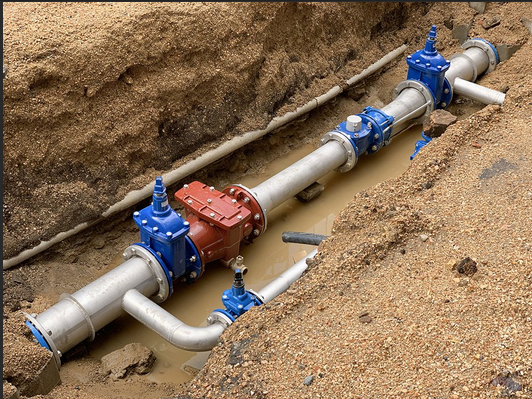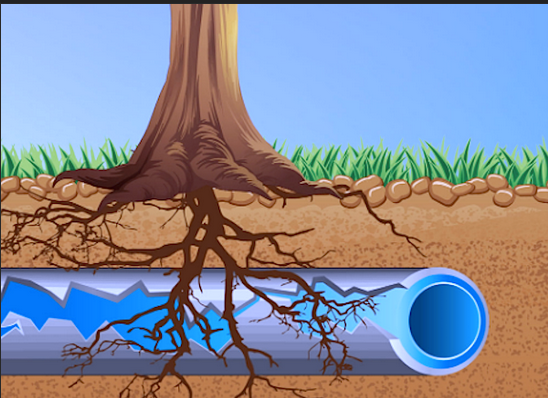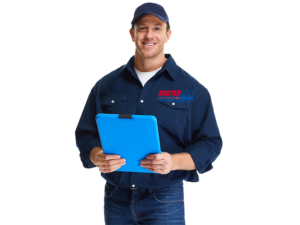
Sewer lines act as the urban and suburban areas’ vital connections, linking homes and buildings to larger municipal sewer systems or septic tanks. When you flush a toilet, use a sink, or shower, the wastewater travels through a system of pipes. The main highlights are as follows:
Secondary lines in your house transport wastewater from sinks, toilets, showers, and dishwashers to a different location. These additional lines meet at the main sewer line, which is also called the “lateral line.”
Primary Role: The main sewer line is responsible for channeling all the accumulated wastewater from your residence to either the city sewer system or your own septic tank. It is the essential pathway that guarantees correct elimination.


If you see any of these signals, it’s important to promptly find help from a professional.
Slow drainage in sinks, tubs, or toilets that continues over time may suggest problems with the sewer line.
Unpleasant scents near plumbing pipes could indicate that there is damage to the sewer line.
Regularly backing up data or hearing strange noises coming from drains are warning signs.
Damp Lawn: Moist areas or depressions in your yard close to the sewer line might indicate a leak.
Factors that lead to damage in sewer lines
Preventing problems is possible when you comprehend the reasons behind them.
Clogs can be prevented by not flushing items that do not disintegrate such as wrappers, paper towels, and flushable wipes. Oil and grease from cooking could potentially block pipes as well.
Corrosion can occur in galvanized steel and cast iron pipes when calcium and magnesium accumulate, causing erosion.
Extreme Temperatures: Frozen pipes have the potential to burst in extremely cold weather.
Tree roots search for water sources and can enter sewer lines, leading to blockages and harm.
If you think there may be sewer line damage, make sure to request a professional inspection. They will identify the problem and suggest the appropriate remedy. Stay educated and ensure proper functioning of sewer lines.

